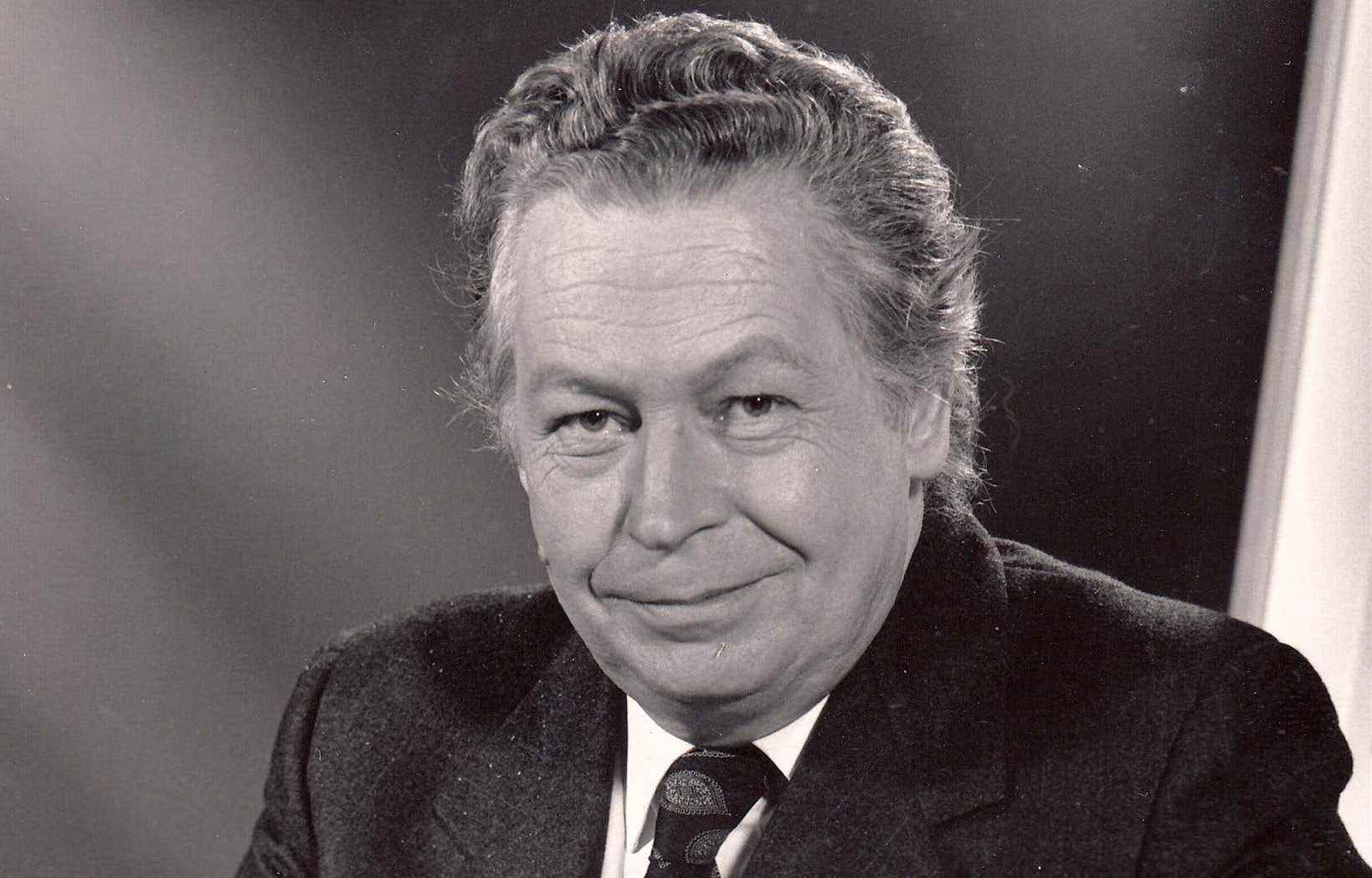Here is a rare book, a work that has the intelligence to focus on one of our great art historians and image theorists. François-Marc Gagnon (1935-2019), who was the first Canadian to be hired at the Department of Art History of the University of Montreal in 1966, is in fact the subject of a collective work, which reads like a novel, edited by Gilles Lapointe and Louise Vigneault. The latter answered our questions.
What are the main contributions from François-Marc Gagnon to the history of Quebec and Canadian art?
He brought an uninhibited and stimulating gaze, entering through two doors: his father, Maurice Gagnon, was an art historian and colleague of Paul-Émile Borduas at the École du Meuble, but it was primarily as a as a professor of philosophy at the École des beaux-arts, he became interested in artistic language, by trying to arouse the interest of students, at the heart of the tumultuous 1960s. Upon his arrival at the University of Montreal, he was given lessons on Canadian art, still considered from a colonialist and folkloric angle.
Armed with an interdisciplinary and humanist approach, he then developed two research projects: the arts of New France and Quebec modernity. It does so by abolishing in particular the hierarchies between the elitist and popular arts, by combining the official history of ideologies with those of vernacular practices, but also by reconciling the historian and formalist approaches which put under the magnifying glass the essential components of art. . And he was able to make this content accessible thanks to his talents as a communicator and popularizer, in his courses and in television shows.
What new vision did he bring to the art of New France?
She was interested not only in the canonical works of New France (paintings, monumental sculptures, liturgical objects), but also in all the images in circulation – cartographies, illustrations of travel accounts, images of conversion campaigns -. He approached them as witnesses to the movement of populations and intercultural dialogues.
What new look did he take on the representation of otherness, and in particular of Aboriginals?
His personal story – that of a Dominican who leaves orders for the love of a young Jewess, mother and divorced – testifies in itself of his capacity for openness to otherness and difference, but it will also permeate the look he has developed on his various research objects throughout his career. For him, the history of the continent is that of contacts, exchanges, ruptures, experiences, which silent language but how eloquent images allow today to reveal.
By integrating the works of Indigenous and immigrant creators into his research and courses, he has lifted the veil on rich experiences, still little known, but now invaluable and integrated into universities and museums.
From his experience, we retain François-Marc Gagnon’s ability to engage opposites and engage in intergenerational dialogues. The result is a daring, infinitely inspiring and stimulating experience. Very topical values that have become indispensable.
